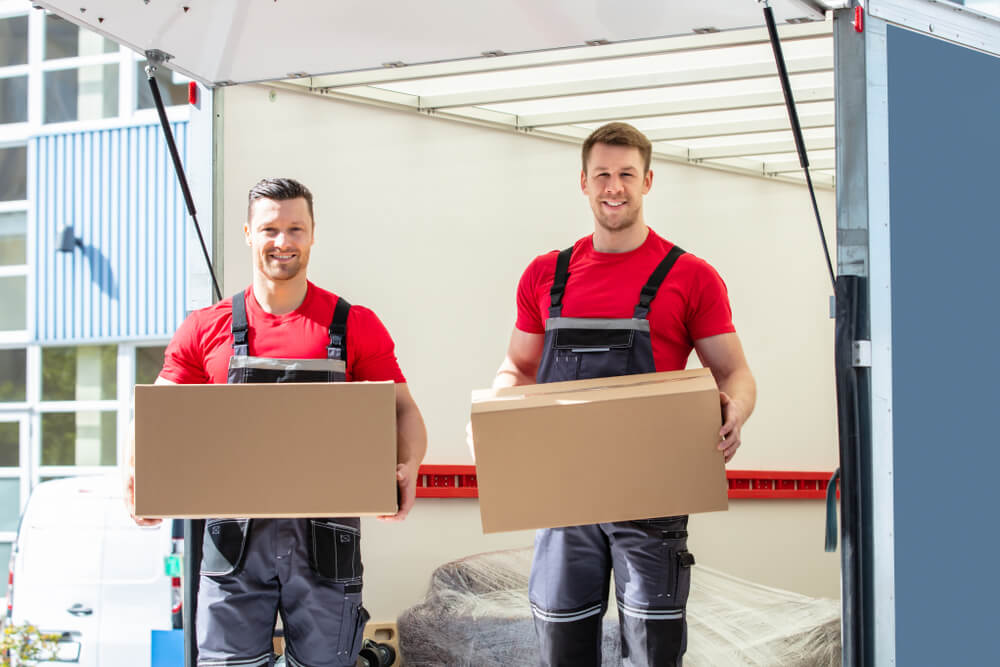moving to a new home can be a daunting task, and when that home is your entire house, the challenges can seem insurmountable. But fear not, for there exists a unique breed of professionals known as Total Homestead Transition Experts or Full House Movers who are adept at the intricate process of moving an entire house. In this article, we will explore the fascinating world of these experts and how they can make your monumental move a seamless experience.
The Art of Full House Moving
Full house moving is a complex process that involves lifting an entire structure, including the foundation, and transporting it to a new location. This is not your typical move where you pack up your belongings in boxes and hire a moving truck. Instead, it’s about relocating an entire building while keeping it intact. This unique service is employed for a variety of reasons, such as preserving historic structures, circumventing urban development, or simply wanting a change of scenery while keeping your beloved home.
What Do Full House Movers Do?
Assessment and Planning: The first step in moving an entire house is a thorough assessment of the property. Experts carefully evaluate the structural integrity, condition of the foundation, and the logistics involved in the move. Once the assessment is complete, a detailed plan is created to ensure a successful transition.
Foundation Separation: To move a house, it must be separated from its foundation. This is a delicate operation that requires lifting the house and detaching it from its supports without causing damage. Full House Movers use specialized equipment and techniques to perform this task safely.
Transportation: Once the house is detached, it needs to be transported to its new location. This often involves the use of hydraulic dollies and trucks designed to handle the massive weight of the structure.
Reconnection: After reaching the new location, the house is carefully lowered onto its new foundation, which is prepared in advance. Reconnecting the house to the foundation is a crucial step in ensuring that the structure remains stable and secure.
Restoration: In many cases, Full House Movers are also experts in restoration. They can assist in repairing any damage that may have occurred during the move and ensure that the house is returned to its original condition.
Why Hire Full House Movers?
Preservation of History: Many clients hire Full House Movers to preserve historic homes or buildings. This process allows for the relocation and preservation of structures that might otherwise be demolished.
Change of Scenery: Some homeowners simply want a fresh start without leaving behind their beloved home. Full House Movers make it possible to take your house with you when you move to a new location.
Urban Development: In densely populated urban areas, space is at a Premium. Full House Movers can help homeowners avoid property demolition due to urban development by relocating the house to a more suitable location.
Customization: Full House Movers can also facilitate homeowners who want to personalize their living spaces. You can choose your dream location, and they will make it happen.
Challenges of Full House Moving
While Full House Movers are experts in their field, it’s important to acknowledge the challenges involved in this process. These include:
Cost: Full house moving is a substantial investment. The costs can be significant, considering the specialized equipment and expertise required.
Regulations and Permits: Moving an entire house involves navigating a maze of regulations and obtaining various permits. This can be a time-consuming and bureaucratic process.
Risk: There’s inherent risk in moving a house. Ensuring that it arrives at its new location intact and undamaged requires a high level of skill and attention to detail.
In conclusion, Full House Movers are a unique breed of professionals who specialize in the complex task of moving entire houses. Whether you’re looking to preserve history, want a change of scenery, or need to circumvent urban development, these experts can make it happen. While the process is not without its challenges, the benefits of preserving a piece of history or customizing your dream home in a new location can be immeasurable.

